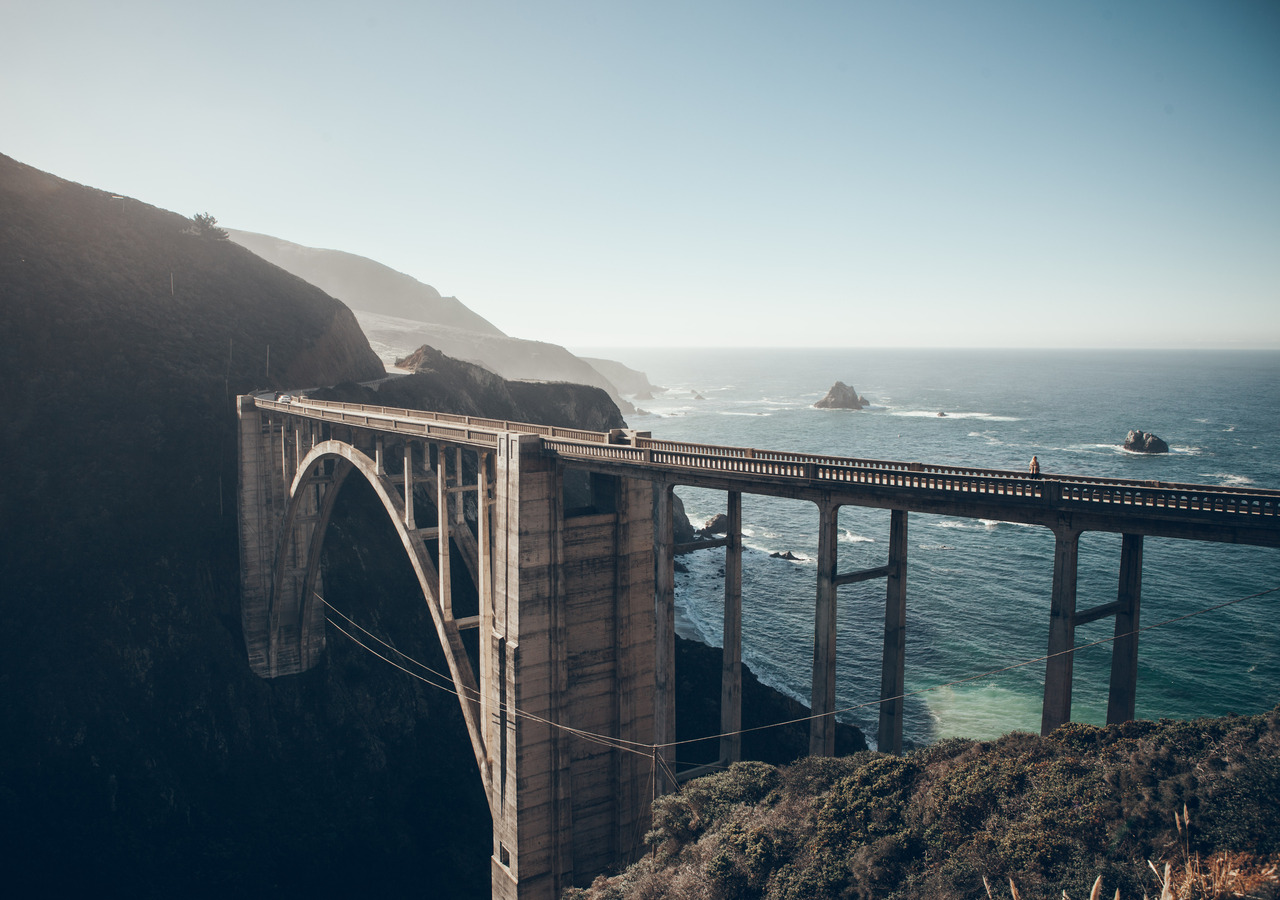All photography provided by Jared Chambers
Disaster readiness is the process we use to mitigate, prepare, respond, and recover from disasters. It’s how we save lives, protect property, and make sure the day the after a disaster is better than the day before.
Disaster readiness, also known as emergency management, is a 4 step process.
Mitigation: This includes assessing your risk and taking steps to prevent or reduce the severity of an emergency.
Preparedness: This is getting ready for an emergency, including making a kit, making plans, learning skills, and practicing.
Response: Once a disaster strikes, you have to respond to save lives, prevent the disaster from spreading, protect property, and possibly evacuate.
Recovery: After the disaster is over, it’s time to pick up the pieces.
But disaster readiness doesn’t end with recovery. It’s important to learn from what happened, and use this information to begin the cycle again. This cyclic process lets us constantly improve and be safer in the future.
Mitigate
The first step in mitigation is doing an assessment or the risks and hazards you face. Check out our hazard assessment to get started. Once you've completed that, you can take steps to prevent some emergencies and reduce the impact of others. Visit our disasters page and look at the disasters from your assessment to see how you can mitigate their effects.
Prepare
Now it's time to get ready. Start with our all hazard kits, and customize based on your specific hazard assessment and needs. Next make a plan about when you will shelter in place or evacuate, where you'll go and how you'll get them, and how to stay in touch with loved ones during an emergency. Learn skills you'll need to survive in different situations. Finally, practice your plans and skills on a regular basis. You want the first time you try something to be a life or death situation! This will give you a chance to test your equipment, your plans, and yourself and make adjustments as needed,
Respond
When disaster strikes, it's time to implement your plans. Keep calm and follow your plan. You've got the supplies you need, the skills to use them, and a plan for what do (right?). These will help keep you and your family safe. Make sure you have an alert system to know what's happening.
Recover
Once the immediate disaster is over, it's time to recover. The debris and rubble needs to be cleared, and what was destroyed needs to be rebuilt. The most important part of this step is to learn from what happened. How can you rebuild stronger to mitigate the disaster's effects? What supplies do you wish you had? How did well did your plan work? Visit our recovery assessment tool to help capture lessons learned.

